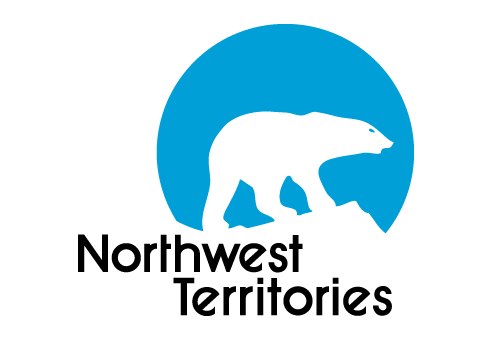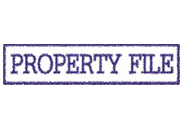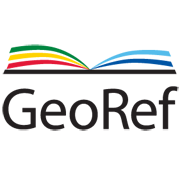
Creating an Inventory of Critical Minerals and Metals in BC Mine Tailings and Waste Rock Sources
Geoscience BC embarked on a preliminary project to discover more about the critical mineral potential of mine tailings and waste rock from current and historical mining operations in British Columbia. BC has a rich history of mining, spanning more than 150 years. In the current era of critical minerals, explorationists have started to examine these sites as potential critical minerals sources.

Providing a Specialized Geoscience Scanning Service for Resident Geologist Program Offices
The Resident Geologist Program (RGP) of the Ontario Geological Survey (OGS), Ministry of Mines (MINES) collects, maintains, and distributes geoscience information, including hard-copy technical material donated by local exploration companies, prospectors, and geologists. Many files are considered one-of-a-kind and could contain data that might generate new exploration in Ontario.

Digitizing Alberta Mineral Assessment Reports
By digitizing valuable data from existing mineral assessment reports, explorationists will be able to integrate historical data into their current datasets housed in modern software, thus making it easier to explore and mine in Alberta.
Digitizing BC Assessment Reports
The BC Geological Survey houses more than 39,000 mineral assessment reports dating from 1947 to the present, documenting much of BC’s mining history. All of these reports are freely available online in the Assessment Report Indexing System (ARIS) but are only available in PDF format, thus locking the data into a static format.

Capturing National Instrument 43-101 Report data
National Instrument (NI) 43-101 reports are geologic assessments submitted to the Canadian Securities Administrators (CSA). They contain a wealth of geoscience data used to justify the resource estimates for exploration activity by Canadian companies. Unfortunately, CSA does not maintain georeferencing for this data, making it difficult to consult this resource for new exploration projects.
Updating the BC MINFILE Database
The British Columbia Geological Survey (BCGS) maintains MINFILE, an inventory of over 15,000 known mineral occurrences in BC. The database summarizes findings from assessment reports, publications, press releases, archived or historical documents, and other materials. It is a vital resource. For many geologists in BC faced with a new prospect, their first question would be: “What does MINFILE say?”
Unfortunately, MINFILE’s funding hasn’t kept up with the pace of mineral exploration. The province of BC recognized that improving MINFILE is an important step toward reducing the backlog of mining and permitting that challenge the province. Relieving this burden is viewed as an important step in stimulating the province’s economic growth.

Creating Yukon’s Online Property File Database
The Yukon Geological Survey (YGS) had two large storage rooms full of archived mineral exploration data: reports, maps, and records from the Faro mine, which was one of the world’s largest lead-zinc producers. All of these one-of-a-kind documents, representing millions of dollars of geological research, would be at risk if anything went wrong. The information wasn’t being used. And keeping all of those files warm and dry in the land of the midnight sun doesn’t come cheap.

Organizing the Northwest Territories Geological Survey Collections
The Northwest Territories Geological Survey (NTGS) had an extensive collection of paper archives, some of which had been scanned by industry to varying standards and some of which was only available in paper. Without a tracking system to determine what was scanned and what wasn’t scanned, the Survey came to us to determine where to start cataloguing this valuable collection.

Creating BC’s Property File Database
The BC Geological Survey maintains a collection of unique, historical geological documents that have been donated by industry, estates and private geologists. This collection, called Property File, contains an estimated 100,000 documents ranging from 1850 to present and contains items such as maps, reports, field notes, news releases, faxes, telegrams, Sperry Sun shots, air photos, slides, negatives, Mylar overlays, thin sections and hand samples. Given the disparity of these document types, it is not only difficult to catalogue these documents, but it is also difficult to capture a consistent set of metadata.

Acquiring and Populating the CanGeoRef Database
The American Geosciences Institute (AGI) maintains GeoRef, an ambitious database that aims to track bibliographic information for all geoscience research (“white” and “grey” literature). The database began in 1966 and grows by more than 100,000 references a year. In all, it contains 3.4 million references.
Recognizing that many Canadian geoscientists only need access to the Canadian subset of GeoRef, AGI created CanGeoRef, a database subscription specifically for Canadians. AGI approached the Canadian Federation of Earth Sciences to facilitate the conversion of the provincial and territorial geological surveys’ publications database to GeoRef format.